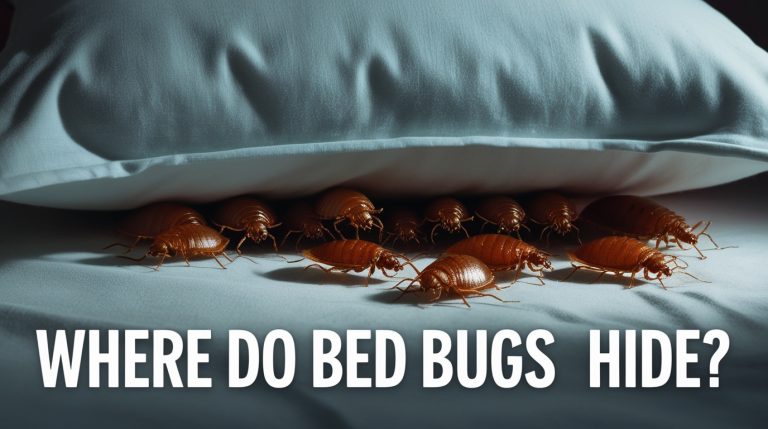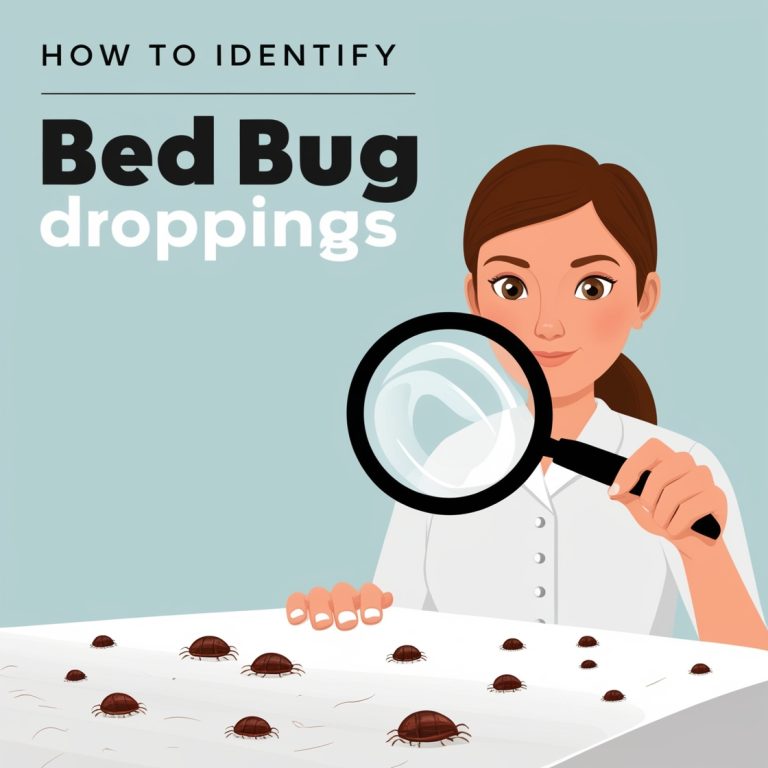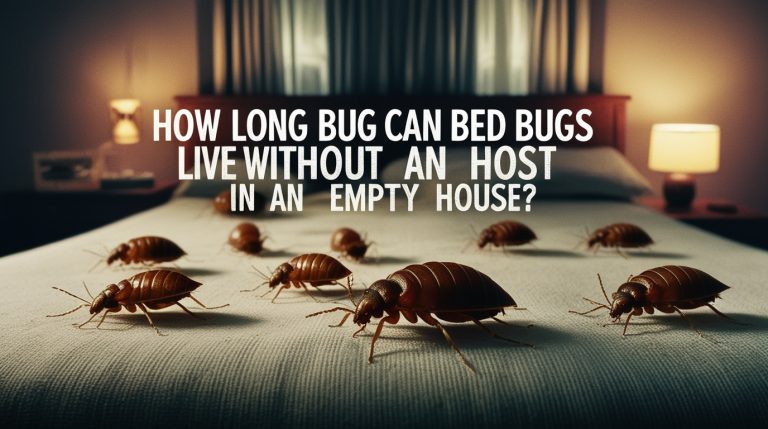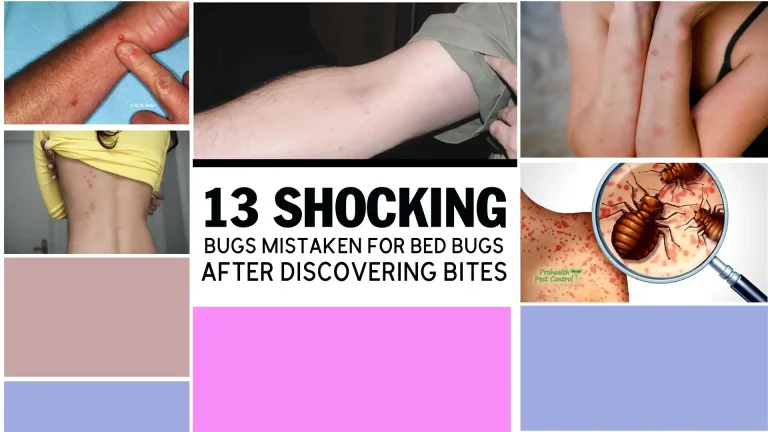Does Rubbing Alcohol Kill Bed Bugs? Pest Management Tips
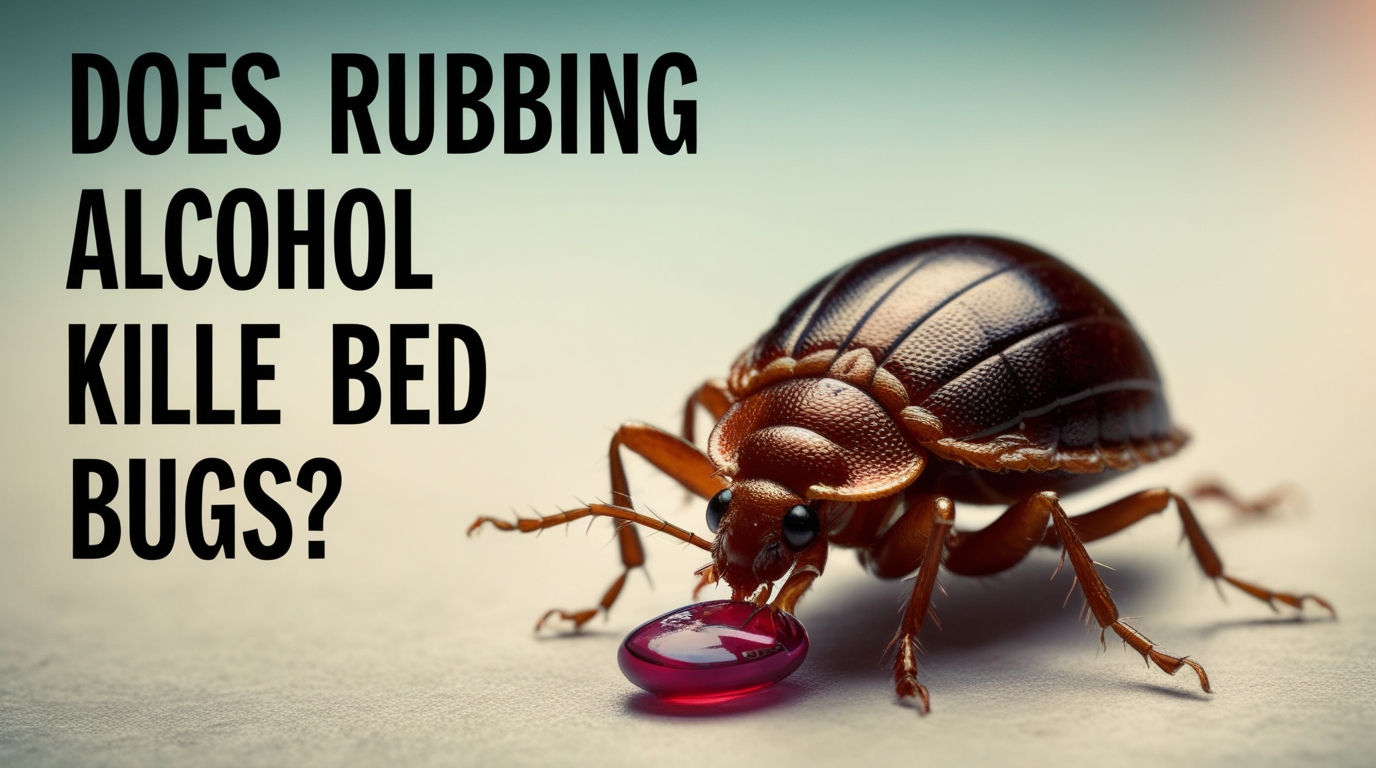
- Understanding Bed Bugs: A Common Pest Problem
- Does Rubbing Alcohol Kill Bed Bugs?
- Using Rubbing Alcohol to Get Rid of Bed Bugs
- Alternative Ways to Kill Bed Bugs
- Safety Considerations When Using Rubbing Alcohol
- Comprehensive Strategies to Get Rid of Bed Bugs
- Myths and Facts: What Alcohol May or May Not Do to Bed Bugs
Discover does rubbing alcohol kill bed bugs and explore effective pest management strategies to control infestations. Learn how to use it safely
Understanding Bed Bugs: A Common Pest Problem
Bed bugs are a persistent pest that can infest homes, causing discomfort and stress for residents. These small, reddish-brown insects feed on human blood and are notoriously difficult to eliminate. A bed bug infestation can quickly escalate if not addressed promptly, leading many people to search for effective DIY solutions. One commonly suggested method is the use of rubbing alcohol. But does rubbing alcohol kill bed bugs effectively? Let’s delve into this topic and explore various pest management strategies.
What Are Bed Bugs and How to Identify Them
Bed bugs are small, oval-shaped insects that belong to the Cimicidae family. Adult bed bugs are about the size of an apple seed, while nymphs can be as small as a pinhead. These pests are known for their ability to hide in cracks and crevices, making them challenging to detect and eliminate.
Signs of a bedbug infestation include:
– Small, rust-colored stains on mattresses or furniture (bed bug excrement)
– Tiny eggs or eggshells
– Shed skins of nymphs
– A sweet, musty odor
– Itchy, red bites on the skin, often in a line or cluster
If you suspect a bed bug problem, it’s crucial to act quickly to prevent the infestation from spreading.
Does Rubbing Alcohol Kill Bed Bugs?

One of the most common questions people ask when facing a bed bug infestation is whether rubbing alcohol can kill bed bugs. Rubbing alcohol, also known as isopropyl alcohol, is often touted as a cheap and readily available solution for bed bug control. But how effective is it really?
The Science Behind Using Alcohol to Kill Bed Bugs
Rubbing alcohol contains around 70% isopropyl alcohol, which can have a desiccating effect on insects. When applied directly to bed bugs, alcohol can kill bed bugs almost instantly by drying out their bodies. The alcohol works by breaking down the bed bug’s exoskeleton and dehydrating the pest, leading to its death.
However, it’s important to note that while rubbing alcohol can kill bed bugs on direct contact, it won’t kill bed bugs that are hiding and not exposed to the spray. Additionally, alcohol evaporates quickly, leaving no residual effect to combat future infestations.
Effectiveness of Rubbing Alcohol as a Bed Bug Treatment
While rubbing alcohol can kill some bed bugs upon contact, it is not considered an effective or comprehensive solution for several reasons:
1. Limited reach: Bed bugs often hide in cracks and crevices where alcohol may not penetrate.
2. No residual effect: Once the alcohol dries, it no longer kills bed bugs.
3. Ineffective against eggs: Rubbing alcohol may not effectively kill bed bug eggs.
4. Incomplete eradication: It’s unlikely to eliminate an entire bed bug infestation.
5. Safety concerns: Rubbing alcohol is highly flammable and can be dangerous if used improperly.
Research has shown that while alcohol can kill bedbugs on direct contact, it is not an effective long-term solution for bed bug control. Professional pest management experts generally do not recommend using rubbing alcohol as a primary method to get rid of bed bugs.
Using Rubbing Alcohol to Get Rid of Bed Bugs
Despite its limitations, some people still consider using rubbing alcohol as a DIY bed bug treatment. If you decide to use this method, it’s essential to understand the proper application and potential risks involved.
How to Apply Rubbing Alcohol for Bed Bug Control
If you choose to use rubbing alcohol to kill bed bugs, follow these steps:
1. Identify infested areas: Look for signs of bed bugs on your mattress, bed frame, and surrounding furniture.
2. Prepare the solution: Use undiluted 70% isopropyl alcohol.
3. Apply directly: Spray or apply the alcohol directly to visible bed bugs.
4. Target hiding spots: Focus on cracks, crevices, and seams where bed bugs might hide.
5. Repeat application: Reapply as needed, but be aware of the risks associated with frequent use.
Remember, rubbing alcohol will die almost immediately upon contact with bed bugs, but it won’t provide long-lasting protection.
Pros and Cons of Alcohol Treatment for Bed Bugs
Pros:
– Can kill bed bugs on direct contact
– Readily available and inexpensive
– May provide temporary relief
Cons:
– Not effective against eggs or hidden bed bugs
– No residual effect
– Highly flammable and potentially dangerous
– May damage certain materials or surfaces
– Not a long-term solution for bed bug infestations
Alternative Ways to Kill Bed Bugs
Given the limitations of rubbing alcohol, it’s important to explore other methods for effective bed bug control. Here are some alternatives that may be more effective in managing a bed bug infestation:
1. Heat treatment: Exposing infested items to high temperatures (over 120°F) can kill bed bugs and their eggs.
2. Diatomaceous earth: This natural powder can dehydrate bed bugs when they come into contact with it.
3. Steam cleaning: High-temperature steam can effectively kill bed bugs on contact.
4. Vacuuming: Regular, thorough vacuuming can help remove visible bed bugs and eggs.
5. Mattress encasements: These specially designed covers can trap existing bed bugs and prevent new infestations.
Comparing Rubbing Alcohol to Other Pest Management Methods
While rubbing alcohol may kill some bed bugs, other methods often prove more effective:
– Heat treatment is more thorough, reaching hidden bed bugs and eggs.
– Diatomaceous earth provides longer-lasting protection compared to the quick-evaporating alcohol.
– Professional pest control treatments often use a combination of methods for comprehensive bed bug elimination.
Professional Extermination vs. DIY Alcohol Treatment
For severe infestations, professional bed bug exterminators are usually the most effective option. They have access to more potent pesticides and advanced techniques that can eliminate bed bugs more thoroughly than DIY methods like rubbing alcohol.
Professional pest management typically involves:
– Thorough inspection and identification of infested areas
– Use of EPA-approved pesticides
– Heat treatments or fumigation
– Follow-up visits to ensure complete eradication
While professional services may be more expensive initially, they often prove more cost-effective in the long run by providing a more comprehensive solution to bed bug infestations.
Safety Considerations When Using Rubbing Alcohol
If you decide to use rubbing alcohol as part of your bed bug control strategy, it’s crucial to be aware of the potential risks and take necessary precautions.
Potential Risks of Using Alcohol to Kill Bed Bugs
1. Fire hazard: Rubbing alcohol is extremely flammable. Never use it near open flames or heat sources.
2. Respiratory irritation: Inhaling alcohol vapors can cause respiratory problems.
3. Skin irritation: Direct contact with skin can cause dryness and irritation.
4. Material damage: Alcohol may damage certain fabrics, finishes, or surfaces.
Precautions for Applying Rubbing Alcohol in Your Home
– Ensure proper ventilation when using alcohol.
– Wear protective gloves and eye protection.
– Keep alcohol away from children and pets.
– Test on a small, inconspicuous area before widespread application.
– Never mix rubbing alcohol with other chemicals.
Comprehensive Strategies to Get Rid of Bed Bugs
To effectively eliminate a bed bug infestation, it’s best to adopt an integrated pest management approach. This strategy combines various methods for the best results.
Combining Rubbing Alcohol with Other Pest Control Methods
While rubbing alcohol alone is not an effective bed bug treatment, it can be used in conjunction with other methods:
1. Use alcohol for spot treatment of visible bed bugs.
2. Combine with regular vacuuming and steam cleaning.
3. Apply diatomaceous earth in areas where alcohol has been used.
4. Implement heat treatment for infested items.
Remember, a multi-faceted approach is key to successful bed bug eradication.
Long-Term Solutions for Bed Bug Prevention
Preventing future infestations is crucial. Here are some long-term strategies:
1. Regularly inspect your home for signs of bed bugs.
2. Use mattress encasements to prevent bed bugs from infesting your bed.
3. Be cautious when traveling or bringing second-hand furniture into your home.
4. Reduce clutter to minimize hiding spots for bed bugs.
5. Educate yourself and others about bed bug prevention and early detection.
Myths and Facts: What Alcohol May or May Not Do to Bed Bugs
There are many misconceptions about using alcohol for bed bug control. Let’s separate fact from fiction.
Common Misconceptions About Using Alcohol for Pest Control
Myth: Rubbing alcohol is a good way to kill all bed bugs.
Fact: While alcohol can kill bed bugs on contact, it won’t eliminate an entire infestation.
Myth: Alcohol treatment is safe for all surfaces.
Fact: Rubbing alcohol can damage certain materials and is highly flammable.
Myth: A DIY alcohol spray is as effective as professional treatments.
Fact: Professional pest control methods are generally more thorough and effective.
Scientific Evidence on Rubbing Alcohol’s Effectiveness Against Bed Bugs
Research has shown that while rubbing alcohol can kill bed bugs upon direct contact, its effectiveness is limited:
– A study found that rubbing alcohol killed about 50% of bed bugs exposed through direct spray.
– However, it was ineffective against eggs and hidden bed bugs.
– The study concluded that alcohol is not an effective solution for controlling bed bug infestations.
In conclusion, while rubbing alcohol may kill some bed bugs on direct contact, it is not a reliable or comprehensive solution for bed bug infestations. For effective bed bug control, it’s best to combine multiple methods and consider professional help, especially for severe infestations. Remember, the key to successful bed bug management lies in early detection, thorough treatment, and ongoing prevention strategies.


